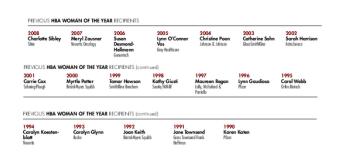
From her start as a physician working in apartheid-era South Africa to the dramatic turnaround and takeover of Millennium, Deborah Dunsire has lived a life that has defied all expectations.
Joanna Breitstein is a contributor to Pharmaceutical Executive.

From her start as a physician working in apartheid-era South Africa to the dramatic turnaround and takeover of Millennium, Deborah Dunsire has lived a life that has defied all expectations.

Here's the saga of how market research, health outcomes, and dozens of other tools that connect the industry to patients came to be.

Industry insiders explain how pharma companies are reorganizing their salesforces in the wake of industry-wide layoffs
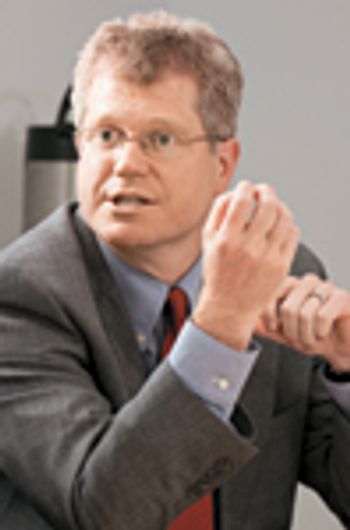
Science is the lifeblood of pharma, of course. But these days, science isn't just what you produce in your own labs. It's what you can license, buy, partner on, or gain through acquisition. Which means that, increasingly, deals are the lifeblood of pharma.

Top pharma brand experts discuss today's issues: safety, compliance, corporate branding, combatting generics, and more.
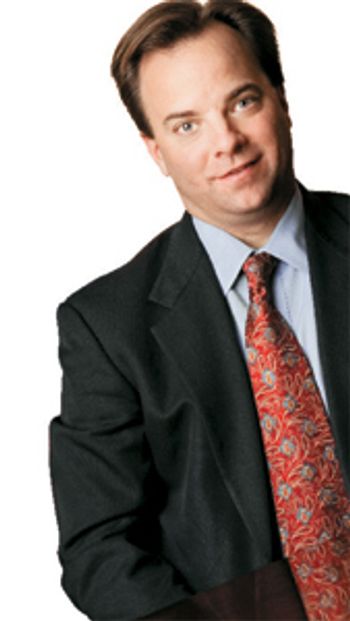
You have to admit: Mark McClellan, MD, has quite a resumé. But after you've been the commissioner of FDA and the administrator of the Centers for Medicare and Medicaid Services (CMS), what comes next?
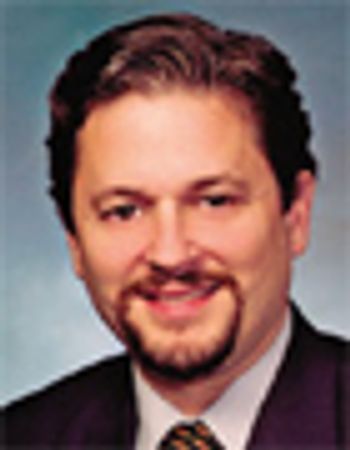
It was like the end of the arms race last November when Pfizer announced it was slashing its national sales force by 20 percent. Coolly downplayed as cost-cutting by new CEO Jeffrey Kindler, the stunning move was met by industry insiders, Wall Street analysts, and the media with one humongous collective sigh of relief. Big Pharma was seen as having grown dangerously addicted to the detailing game over the past decade, with the top firms plowing more and more of their blockbuster profits into trying to keep up with Pfizer's "flood the zone" strategy and with less and less to show for it.
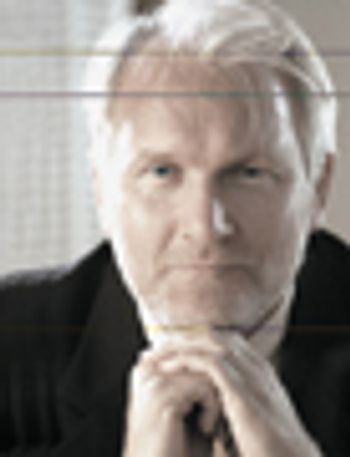
Peter Rost, former Pfizer executive turned whistleblower, isn't just at war with his old employer. He's crusading against all of pharma, an industry he likens to the mob.

Isr?l makov has adventure in his blood. A fourth-generation Isr?li, he speaks proudly of his great grandmother, who bought and sold wool in Russia until the late 1890s when, at the age of 50, she moved to Palestine, bought a piece of land, and helped found a town in the wilderness. It was the kind of career move that Makov, CEO of Teva Pharmaceuticals, admires and emulates. As a boy, he rode a donkey to work in his father's orchards on the land his great grandmother bought. He attended an agricultural boarding school, started his career in citrus exports and-decades before Teva recruited him-managed Abic, the second-largest pharma company in Isr?l, and founded Interpharm, the country's first biotech company.

Just how traditional marriages join a couple together from a common culture, Daiichi and Sankyo are merging based on a sense of having come from the same place, and facing the same future. But the art of integration lies in creating new ways of working that make the marriage bigger than the sum of its parts. Officiating the marriage is John Alexander, MD, head of pharma development for Daiichi Sankyo.
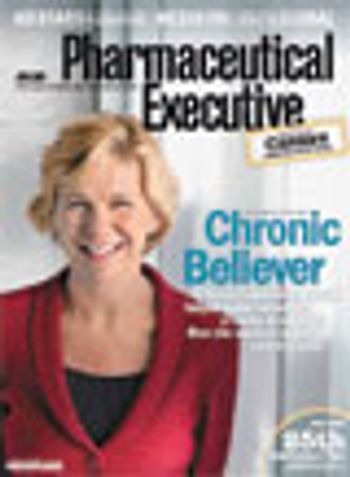
So-called "consumer-driven" health insurance is designed to help informed consumers make better decisions about their medical treatment. But the high deductibles associated with these plans are affecting the end goal.
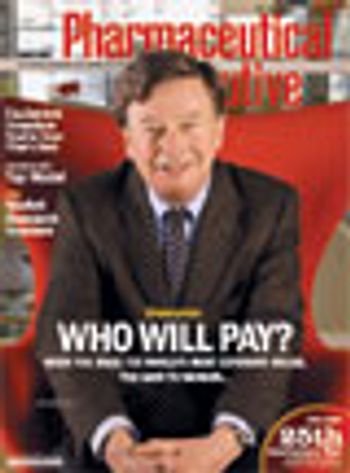
Understanding how drugs are bought and paid for has always been a bit complicated. People used to say that pharma had two customers-physicians and patients. Only one of them used the drug, and neither of them knew the price. My, how times have changed. Now the industry has so many customers, it needs to stop and get to know them all over again. And that's at a time when drugs worth tens of billions of dollars are going off patent. To map pharma's shifting landscape, Pharm Exec convened a group of top market researchers to discuss the issues shaping an evolving industry. Topics ranged far and wide, from the advent of Medicare Part D, to the new focus on adherence, the role of international markets, even the brave new world of marketing to seniors' children.

Companies don't have the budget, but are being forced to do more active surveillance.

BMS' use of investigational toxicology puts it in good stead with FDA, which, under its Critical Path initiative, is pushing for more complete toxicology packages.
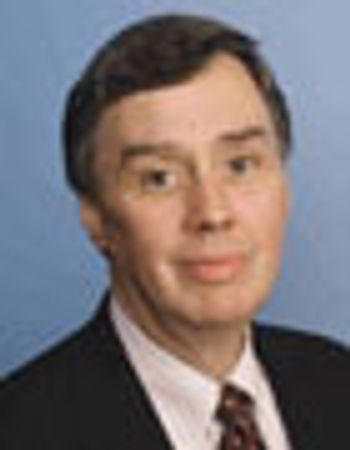
When Jim Dougherty joined Mcgraw-Hill almost 30 years ago, medical journal publishing was just plain different than it is today. The days of the "three-martini lunch" were slowly coming to an end. Yet many companies still determined their ad schedules based on relationships. There was also less competition: without DTC or the Internet, journals garnered larger percentages of pharma's marketing mix. Today, Dougherty is group vice president of McGraw-Hill Healthcare Information and president of the Association of Medical Publications (AMP), an organization of publishing firms in the medical field. Like many of his peers, Dougherty has witnessed-and continues to witness-the transformation of the field. The future is bright, he says, but most certainly uncertain.

A review of the best ads of 2004--and the people that created them.

I realized that, as president of a pharmaceutical company, I am now a representative of the entire industry. As such, my toughest challenge is listening to and seeing the kind of scrutiny our industry is taking.

Orchestra conductors may, at first, seem like an unlikely comparison for pharma marketers. After all, a conductor's job is to ensure that each instrument harmonizes with others within the section; that all the sections complement one another; and that the timing, tone, and pitch of each disparate part are flawlessly executed. But when one appreciates the challenges facing executives today in integrating all components into the marketing mix, the analogy seems appropriate.

Think back: When did you first hear the phrase metabolic syndrome? When did it start to become part of your business and its plans?

Pharmaceutical Executive challenges 21 experts to grapple with the future of the healthcare system.

In hindsight, it seems Catherine Angell Sohn, PharmD, was destined to become vice-president, worldwide business development for GlaxoSmithKline Consumer Healthcare (GSKCH). Sohn, a former pharmacist, architect of three Rx blockbuster launches, and engineer of innumerable partnerships and licensing agreements, is a pivotal link between GSK's pharmaceuticals and consumer healthcare.

All is quiet at the Drug Information Association's new headquarters, a short ride from the hubbub of Philadelphia. But inside, the association buzzes with change as it harnesses the expertise and energy of its members to improve healthcare around the world. Now approaching its 40th year, DIA is expanding both its educational programs and its global reach.
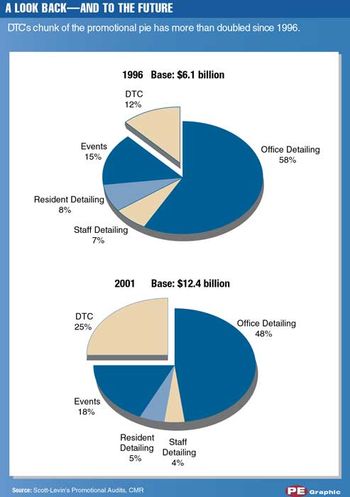
Pharma companies invested a hefty $12 billion in promoting to physicians and consumers in 2001, according to Scott-Levin. But after the highs of 2000, spending in 2001 seemed stunted-a growth rate of 9 versus 13 percent.

Terminally ill patients often wonder about the roles of timing and fate in determining their life's course. If only they had been tested or diagnosed earlier; if only the doctors had found the tumor before it metastasized. As purveyors of science and administrators of public health, the world's pharma companies and physicians struggle to intervene earlier-indeed to predict and prevent disease-before it's too late.

As the fanfare over the sequencing of the human genome fades, the spotlight turns to the "shovel and pans" companies offering the tools investors are betting on to make "gene to drug" a reality.

Ed Calesa knows women-or rather, he understands the female market. After starting his career as marketing research manager for Roche, he co-founded Health Learning Systems in 1971 and pioneered the use of continuing medical education as part of the healthcare promotional mix. There he developed and implemented two of the earliest and most successful initiatives targeting female baby boomers. Launched during the drive for women's liberation in the swingin' seventies, Calesa's campaigns helped open a dialogue between opinion leaders and women, addressing contraception and the use of formula for newborns. During nearly 20 years in that position, he gained an

From flacks and hacks to spin doctors and drug pushers, the cliches used to describe healthcare public relations professionals have fostered an image of PR that is, if not downright sleazy, at least suspect.

Washington, DC-More countries are hosting pharma's R&D efforts, creating a research environment ripe for abuses of patient safety because FDA cannot ensure the same protection in foreign trials as in domestic ones. A recent study by the US Health and Human Service's office of the inspector general (OIG) found that regions with less research experience-including Eastern Europe, Latin America, and East Asia-have become more desirable locations for US-based companies and contract research organizations' clinical trials. In fact, the number of countries producing data for FDA submissions jumped from 28 to 79 between 1989 and 1999. And that trend shows no

MMRF is run more like a Fortune 500 company than a foundation. It is defined by a mission, short- and long-term goals, a business plan for growth, a board of directors, and a scientific advisory board. The mix works. Under Giusti's stewardship, MMRF has exceeded fundraising expectations while remaining a model of efficiency-less than 5 percent of capital raised has been spent on administrative costs.

Published: June 1st 2001 | Updated:

Published: December 1st 2001 | Updated:

Published: March 1st 2003 | Updated:

Published: April 1st 2002 | Updated:

Published: March 1st 2002 | Updated:

Published: October 1st 2007 | Updated: